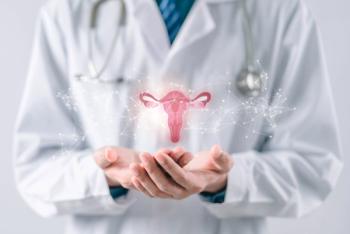
Nicotine replacement in pregnancy increases colic risk
Infants exposed to nicotine replacement therapy during pregnancy share an increased risk of colic similar to infants exposed to tobacco smoking.
A new study suggests that nicotine may be the component in tobacco smoke responsible for increased risk of infantile colic.
The data do not warrant avoiding NRT for women who cannot stop smoking while pregnant but call for more studies on the safety of NRT use during pregnancy.
A new study suggests that nicotine may be the component responsible for the increased risk of colic seen in infants exposed to nicotine replacement therapy (NRT) in utero.
More than 63,000 infants were included in the observational study, published in
Compared with unexposed infants, risk of infantile colic was elevated in infants exposed to nicotine. The adjusted odds ratio was 1.6 (95% Confidence Interval [CI], 1.0-2.5; P=.03), for the offspring of NRT users compared with 1.3 (CI, 1.2-1.4) for the offspring of smokers, and 1.6 (1.3-1.9) for infants of women who both smoked and used NRT. Partners’ smoking was not associated with infantile colic after adjustment for maternal smoking.
Overall, 46,660 infants (73.9%) were not exposed to nicotine during pregnancy, 207 (0.3%) were exposed to NRT, 15,016 (23.8%) were exposed to smoking, and 1,245 (2.0%) to both. A total of 4,974 (7.9%) infants met the criteria for infantile colic.
The authors could not distinguish between early, late gestational, and postnatal exposure to nicotine because most of the mothers were exposed to some extent throughout and after pregnancy, but the association between smoking during the first and second trimesters and infantile colic was weaker than for smoking throughout pregnancy. Limited numbers and lack of postnatal assessment did not allow such a comparison among NRT users.
Use of NRT during gestation is becoming increasingly common. The authors do not believe that the new findings contraindicate NRT for women who cannot stop smoking while pregnant. They do, however, believe that more studies are warranted on the safety of NRT in pregnancy.
Read other articles in this issue of
Newsletter
Get the latest clinical updates, case studies, and expert commentary in obstetric and gynecologic care. Sign up now to stay informed.










